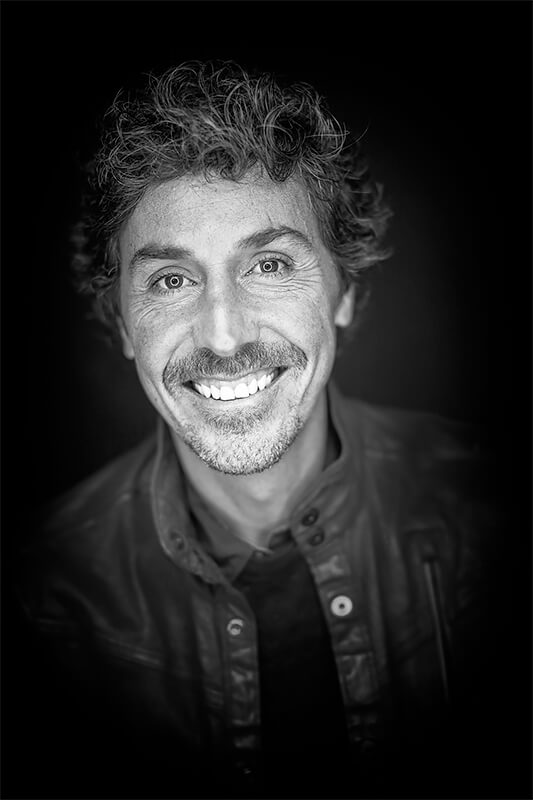CHRISTIAN VIZL was born in México City and has been a photographer for over three decades. He has won dozens of international professional awards including Wildlife Photographer of the year, International photographer of the year and Sony World Photography awards. He has served as judge in several international underwater photography contests and his images have been published in numerous outlets including National Geographic and Ocean Geographic.
Artist Statement
"Every since I was a kid, as far back as I can remember, I was attracted to the sea. I dreamt about what lay beneath the waves, and how would it look if suddenly all the water vanished, leaving in stasis all the animals and living creatures. In this way, I could walk inside the ocean and see them all, suspended for a moment in time and space.
I have devoted my life to exploring and contemplate the amazing beauty of the ocean and it has been an incredible journey that has brought me a deep feeling of connection with nature, but sadly during my lifetime I have witness the ever-increasing devastation that we humans are creating in this planet. Today the world's Ocean is in grave danger. Overfishing, pollution, plastics, radiation, climate change, acidification and other human pressures threaten the fundamental nature of the ocean and it's animals are being pushed to near extinction. The time to act and reverse our negative impact is now, before it's too late risking loosing everything.
The majority of humans see marine animals merely as tons of food, but I see them as so much more than that. They don't have a voice that we can understand, so the higher purpose of my images is to be a voice of the ocean and for the ocean, hoping that people can get a glimpse of who they really are, beautiful sentient individuals, with feelings and different personalities, with complex behaviors and interesting lives that science is only starting to understand.
I believe Photography is capable of real service to humanity, promoting empathy and initiating change, so my main purpose as a photographer is to create poetic images showing the incredible beauty of these animals knowing they carry the power of changing our perception and spark the love and empathy that we all have inside. If we want to have a future in this planet, we need to understand that our lives are interconnected to all living animals, and our own well being is directly linked to the well being of these animals. As Dr. Sylvia Earl stated, "No blue no green, if the oceans die, we die"
All the images where taken in their natural environment, with great respect to the animals, and for postproduction I only use basic settings in Lightroom."
Photography is all about light, and in my opinion, it is the single most important aspect when it comes to creating appealing, inspiring and touching images. Beyond technical issues, what's most important is how I apply and manipulate the light that's available in order to create pictures with dramatic effect, carrying depths of emotion and using contrast and tonalities as means to emphasize form and structure of the scenery. I focus on the emotional impact of the final shot that will connect on a deeper level with the people that observe these photographs. Just as a poet uses words to create poetry, a photographer uses light to create images. So when I'm underwater taking pictures, one of my goals is to create poetic images through the use of light.
I try to capture sublime moments of the marine environment, the essence of being there, in that experience and in the presence of that particular animal, capturing their splendor and soul. It's sheer beauty and poetry with images that inspire, make us vibrate through the beauty in every corner of the ocean, an epic sight that make us dream of a better world, where we value and care for all expressions of life.
Selected Books on

